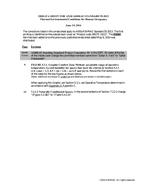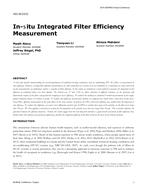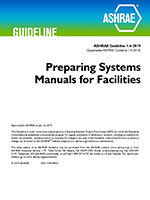This paper discusses the use of ultra-wideband radio signals near 5 GHz to detect moisture problems within building assemblies. Ultra-wideband signals are made up of a large spectrum of electromagnetic waves, and hardware is available to temporally resolve the signals to a time scale on the order of picoseconds. By emitting these signals toward a wall assembly and analyzing the reflected signal, information can be obtained on the wall. Most notably, because water reflects these waves more significantly than dry building materials, the magnitude of the reflections can be correlated to moisture levels. This principle has been incorporated into a synthetic aperture imaging technique to create images of the moisture state of building assemblies. The pictures can help identify locations of unwanted moisture intrusion in a nondestructive manner. Advantages of using ultra-wideband compared to conventional radio frequency techniques include the improved spatial resolution and the ability to penetrate a wide range of materials.
Citation: Thermal Performance of Exterior Envelopes of Whole Buildings IX
Product Details
- Published:
- 2004
- Number of Pages:
- 7
- File Size:
- 1 file , 1.9 MB
- Product Code(s):
- D-BldgsIX122


